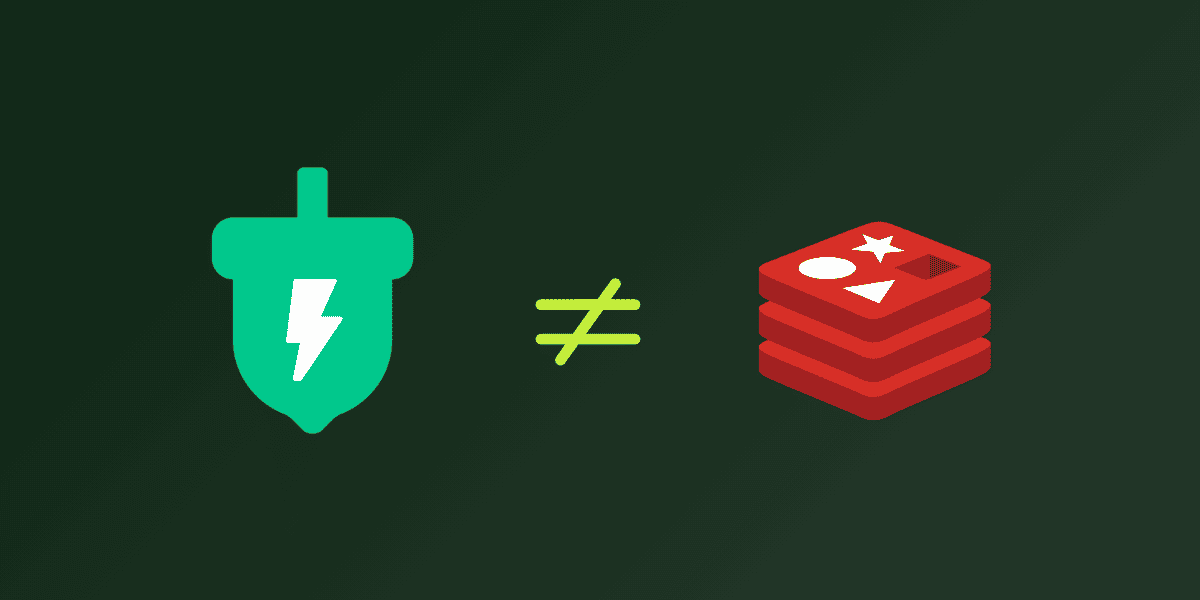Momento Cache – Caching you can trust for data reliability
Ultra-fast caching doesn’t need to be hard. Learn how to assemble the perfect caching strategy to improve data reliability for your app.
Caching by definition is fast. With an in-memory system optimized for key-value access, you’re looking at sub-millisecond response times—even at the p99. That kind of speed transforms an application from sluggish to seamless. But caching isn’t just about speed. It’s the backbone of data reliability, ensuring consistent, dependable performance for modern applications. And when reliability is your priority, how you approach caching makes all the difference.
Building a caching strategy that works for your application means understanding the core decisions you’ll need to make and how those decisions impact performance, consistency, and availability.
Improving data reliability through caching strategies
Caching, like most software decisions, isn’t one-size-fits-all. Your approach depends on your architecture, performance requirements, and how frequently your data changes. There are three primary decisions to consider: where to cache, when to cache, and how to cache. Let’s explore these choices and their impact on reliability.
Where to cache for maximum data reliability
The first question is simple: where should the cache live?
Local caching keeps data close to where it’s needed, like outside the main handler in a Lambda function or in a browser. This approach is simple and delivers fast results, but it has significant limitations in modern, scalable applications. With ephemeral cloud-based instances that scale dynamically, local caches don’t persist across sessions and often require complex mechanisms to sync updates. This can lead to stale data and inconsistent behavior 😬.
Remote caching uses a centralized service accessible by any compute instance in your application. It’s (usually) more complex to set up, but it provides consistency and utility across your entire architecture. A remote cache offers built-in mechanisms to manage data expiration and freshness, making it a reliable choice for scalable applications where consistent performance matters most.
When to cache – read vs write
Timing is just as important as location when it comes to caching. Should you cache data when it’s read or proactively when it’s written?
Read caching is one of the most common approaches. Your application fetches data from the cache first. If it isn’t there, the app retrieves the data from the data source (could be a database, API, or something else entirely), stores it in the cache, and then returns the response. This strategy is flexible and space-efficient because you only cache data that’s actually used. For instance, an e-commerce site might use read caching to store product details or inventory levels, making sure frequently accessed items load quickly without overwhelming the database. This approach does come with trade-offs: the initial read can be slow, and there’s always a risk of serving stale data.
Write caching takes the opposite approach. Data is stored in the cache as soon as it’s written to the database. This eliminates the latency of a cache miss on subsequent reads but requires a deeper understanding of your application’s data access patterns. For example, a news site might use write caching to immediately store pre-rendered headlines or top stories after publishing, ensuring fast access when readers land on the homepage. Write caching can lead to wasted space if the cached data isn’t accessed frequently.
The choice between read and write caching depends on your application’s usage patterns and its impact on data reliability. For most applications, read caching is a safe and flexible default. Write caching excels in scenarios with predictable data access patterns.
How to cache – inline vs aside
Finally, consider how the cache integrates into your data flow. Should it sit alongside your app or directly in the data pipeline?
Aside caching gives your application explicit control over cache interactions. You decide when to fetch from or write to the cache. This flexibility makes it a reliable choice for most use cases, especially when resilience and fault tolerance are critical. However, aside caching adds complexity, as your app needs fallback logic to handle cache misses.
Inline caching operates transparently within the data flow. The cache will fetch missing data from the database automatically. This simplicity can streamline application logic but introduces a single point of failure. If the cache goes down, your app’s ability to retrieve data is compromised. Inline caching is best suited for tightly coupled systems with high availability requirements. For example, Momento Storage is a great solution for inline caching, as it seamlessly combines a cache with disk storage to optimize performance and cost. By removing the operational complexity of managing separate caching infrastructure, it provides consistent reliability and high-throughput performance, especially for demanding workloads.
How to avoid common caching pitfalls
Caching is powerful, but it’s not without risks. Poor invalidation strategies, stale data, or poorly tuned time-to-live (TTLs) can erode data reliability, frustrating users and reducing trust in your application. To avoid these issues, focus on:
- Setting appropriate TTLs: Make sure data expires before it becomes outdated.
- Implementing robust invalidation: Keep cached data in sync with your source of truth.
- Monitoring performance: Track cache hit rates and identify bottlenecks.
Choosing tools that prioritize reliability make a significant difference. Momento’s caching solution abstracts away all of the complexity, giving you fast, consistent performance without the operational burden.
Build with confidence
Caching isn’t just about speed – it’s about delivering unwavering reliability that your users can count on. With the right strategy and services like Momento Cache or Storage, you can ensure your applications are fast, dependable, and built for scale. Try it out for free.
Happy coding!






